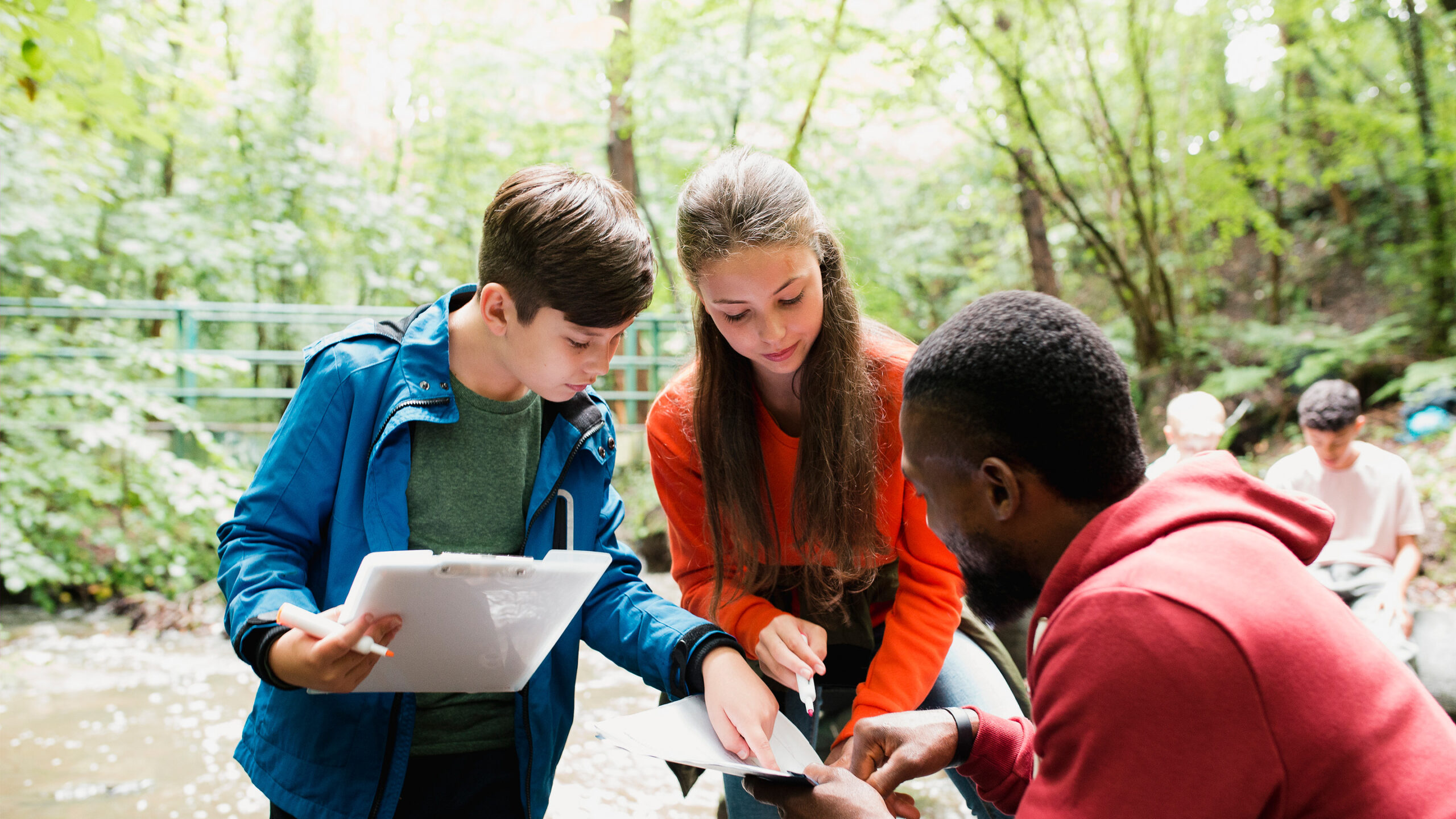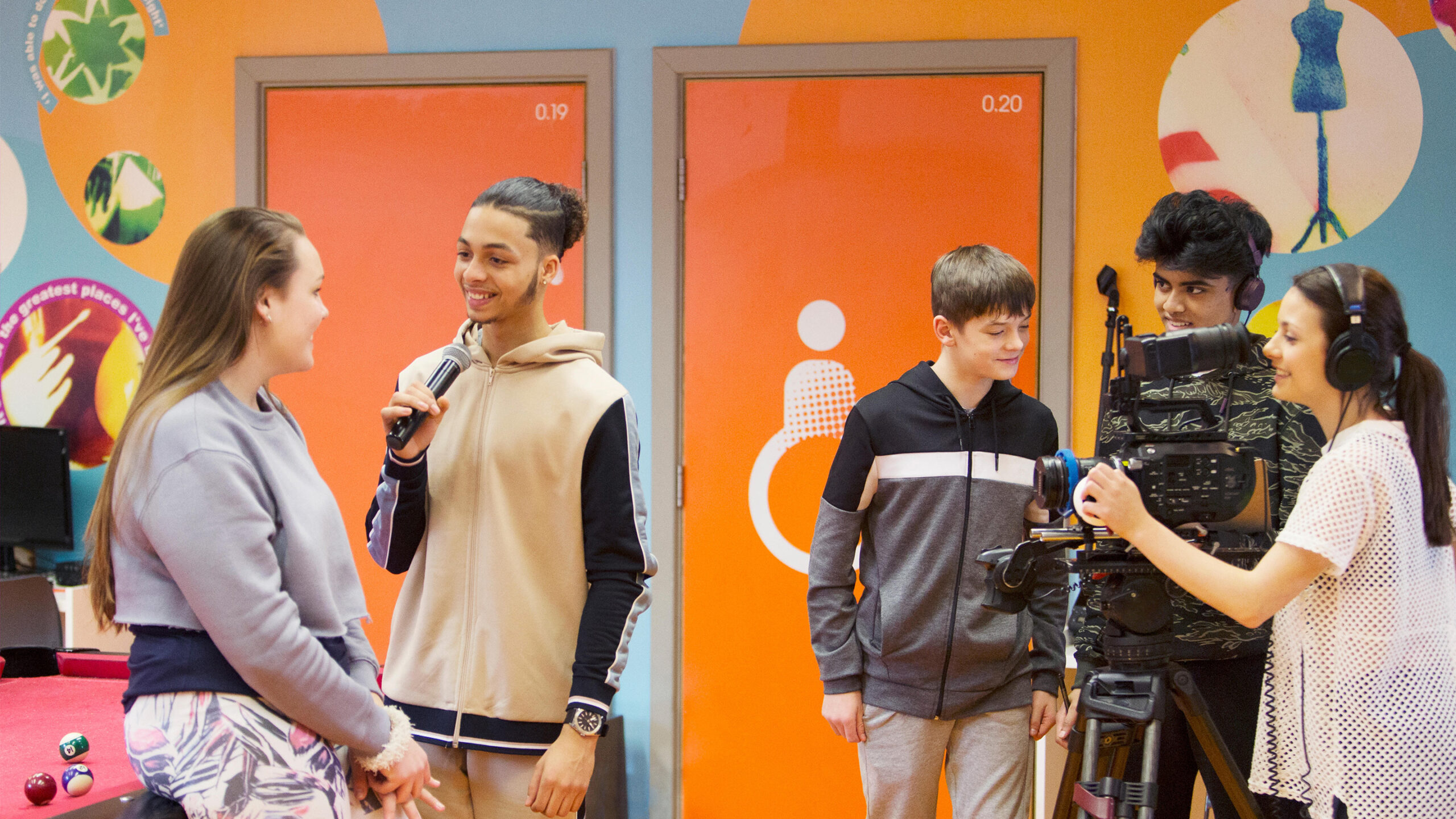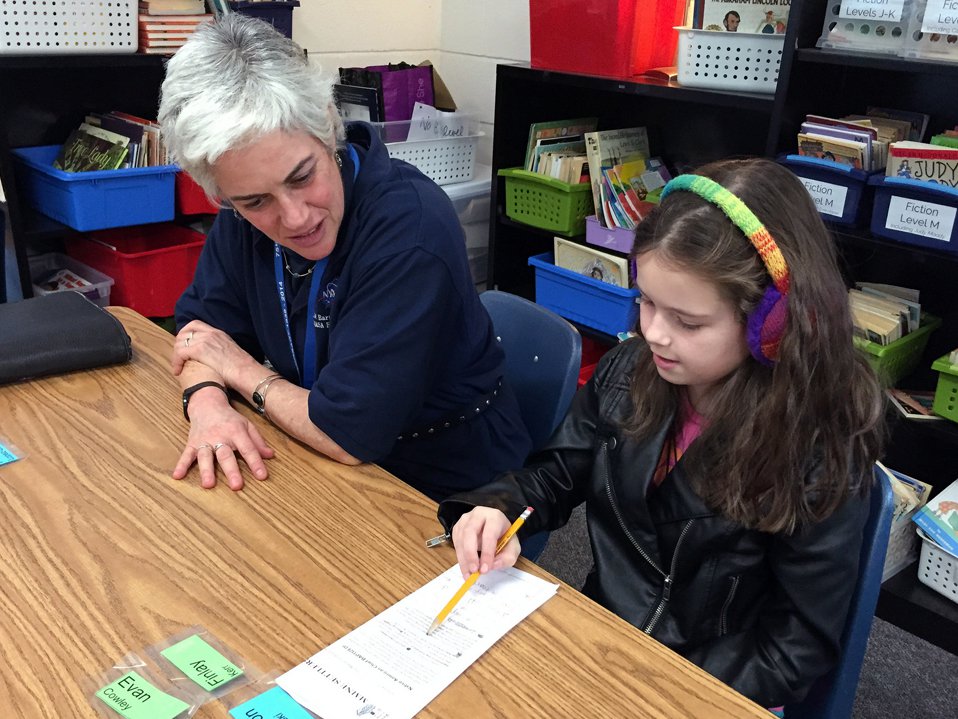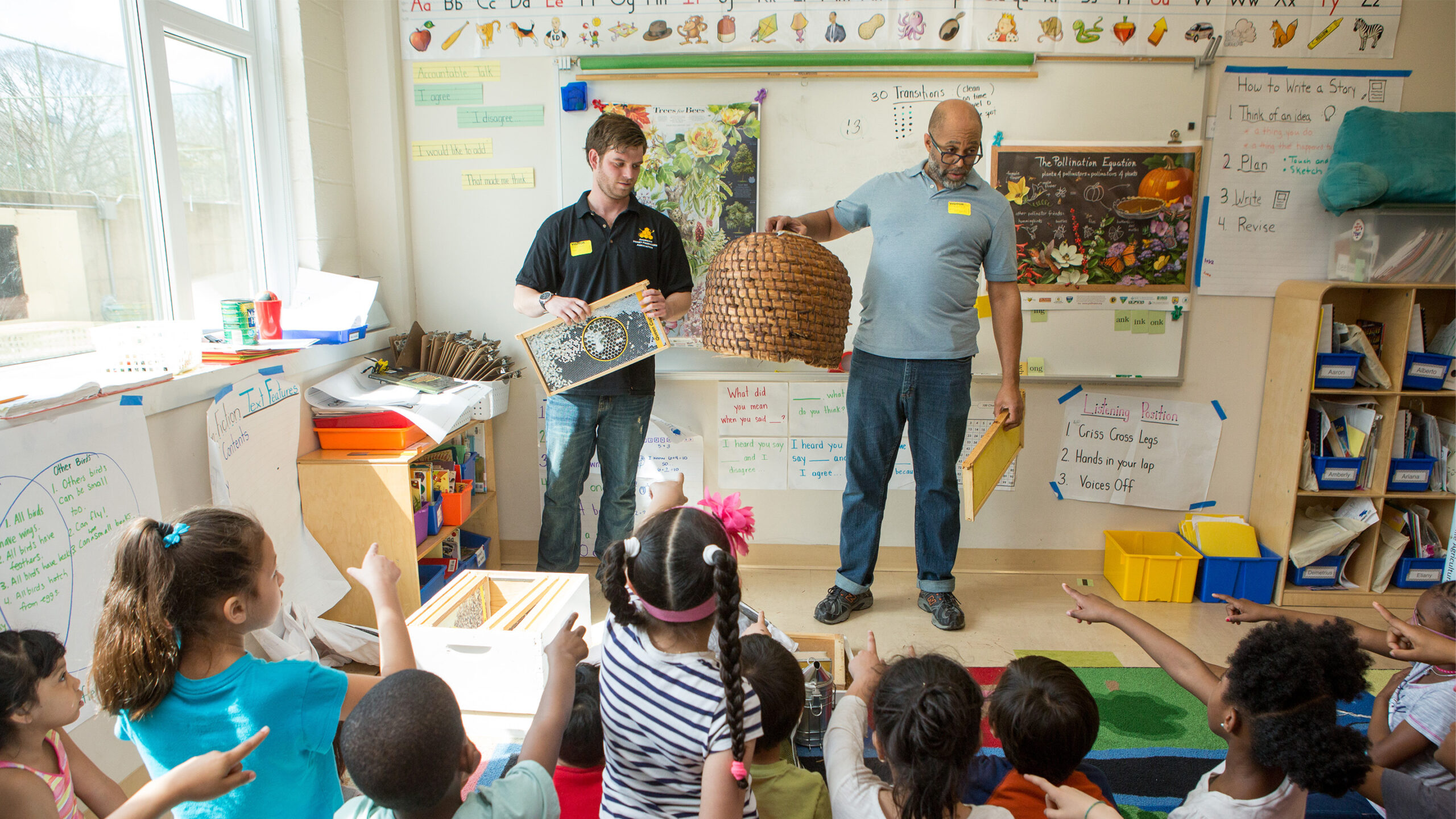[ad_1]
Enterprise-based learning (PBL) affords school college students rich, hands-on experiences that promote important contemplating, creativity, and collaboration. Worthwhile implementation of PBL throughout the classroom, nonetheless, usually faces very important challenges, primarily ensuing from inadequate design and planning. As STEAM expert development specialists, we’ve devoted ourselves to overcoming these obstacles, serving to educators efficiently incorporate PBL into their instructing practices.
Proper right here, we uncover the “small chunk” methodology of our book, offering strategies to interrupt down necessities, develop clear learning targets, implement completely different tutorial methods, and focus on vital components of PBL design. Whether or not or not you are new to PBL or refining your methodology, these insights would possibly make it easier to create taking part, impactful learning experiences aligned with real-world capabilities.
Breaking Down Necessities for Targeted, Impactful Finding out
Implementing PBL throughout the classroom is easiest when completed in small, manageable steps, guided by educational necessities. By breaking down key necessities into additional digestible parts for easier scholar comprehension, teachers can align their instruction with benchmarks and meant learning targets.
From these deconstructed necessities, educators can develop clear, student-friendly learning targets that signify explicit experience or knowledge components. Introducing these targets progressively helps school college students assemble on prior knowledge, making a cohesive and linked learning journey.
Quite a few Academic Methods: The Multifaceted Technique
PBL is normally misunderstood as being solely inquiry-based, nonetheless numerous tutorial methods are vital to cope with quite a few learning desires and enhance outcomes.
The 5E model of instruction: Take advantage of the Engage, Uncover, Make clear, Elaborate, Take into account model to development PBL phases. Start with taking part actions to spark curiosity, adopted by exploration through evaluation and inquiry. Use the explanation part for learning from consultants (along with the teacher) and data analysis, then switch to elaboration, the place school college students apply their knowledge creatively. Lastly, make use of the evaluation stage for reflection and analysis.
Small group actions: Small group actions are a cornerstone of PBL, promoting collaboration, communication, and vital contemplating. By working in small groups, school college students work together in collaborative problem-solving, the place they’ll share ideas, debate views, and assemble on each other’s strengths.
This system fosters a deeper understanding of content material materials, as school college students are impressed to articulate their concepts and be taught from their associates. Furthermore, small groups accommodate differentiated instruction.
Particular direct instruction: Whereas PBL is normally associated to student-driven inquiry, particular direct instruction performs an vital place in providing the foundational knowledge and experience that school college students need to engage efficiently of their initiatives. This system consists of clear, structured instructing the place concepts are outlined instantly and fully.
By integrating particular direct instruction into PBL, educators can make it possible for school college students grasp vital content material materials sooner than making use of it in extra sophisticated, open-ended duties. For an in depth occasion of how particular direct instruction may very well be seamlessly built-in into PBL, our article “Mixing the Best: Merging Enterprise-Based totally Finding out with Particular Direct Instruction” provides smart insights and strategies for balancing student-driven inquiry with the structured instructing important to make it possible for all school college students have the devices they need to succeed.
Workshops: Inside a PBL framework, workshops present interactive, hands-on learning experiences that allow school college students to find explicit experience or concepts in depth. Workshops may very well be designed to cope with particular desires that come up in the midst of the problem, much like a workshop on subject-related content material materials, environment friendly presentation experience, or a session focused on evaluation methods.
These intervals give school college students the possibility to use and refine their experience in a supportive setting sooner than making use of them to their initiatives. Workshops moreover allow for the mix of educated enter, the place professionals from associated fields can be found to share their knowledge, extra enriching the coaching experience.
Crafting Success: The Requirements of Thoughtful PBL Planning
Worthwhile PBL requires cautious planning and intentional design. Via using our EcoHeroes problem as a case analysis and Tapas Templates with out value sources, you’ll be equipped with all of the items it is important to create taking part and vital PBL initiatives.
Evaluating scholar strengths and weaknesses: Assessing scholar strengths and weaknesses is essential for tailoring PBL initiatives to quite a few learning desires. By gathering info through assessments, observations, and self-reflections, educators can decide areas for growth and differentiate instruction accordingly.
This personalised methodology permits for targeted interventions and options that leverage school college students’ strengths whereas addressing their challenges, guaranteeing energetic participation and success for all. As an example, a scholar sturdy in analysis nonetheless weaker in collaboration may lead evaluation whereas receiving assist in teamwork experience.
Precise-world capabilities: Incorporating real-world relevance into PBL initiatives makes abstract concepts tangible, enhancing scholar motivation and engagement by linking classroom content material materials to real-life situations. This methodology may comprise addressing neighborhood factors, simulating challenges, or collaborating with native firms.
As an example, throughout the EcoHeroes problem, school college students cope with environmental conservation by making use of science, ELA, and math experience in hands-on investigations, proposal writing, info analysis, and neighborhood collaboration to guage affect.
Storylines and driving questions: Compelling storylines and driving questions are important for an attention-grabbing and purposeful PBL problem. Storylines current context, making the coaching journey relatable and engaging, whereas turning straightforward initiatives into thrilling adventures. As an example, the EcoHeroes problem makes use of an environmental conservation storyline to empower school college students as neighborhood changemakers. Driving questions, which can be open-ended and thought-provoking, info the inquiry course of and encourage important contemplating.
In EcoHeroes, the driving question is, “How can we efficiently plan, design, and implement initiatives in an effort to positively affect our environment and neighborhood?” An easy system for creating driving questions is, “How can/may we [action verb/s] [specific problem or challenge] in an effort to [desired outcome or goal]?”
Turning components: In PBL initiatives, turning components break the work into manageable segments, providing development and readability. They info school college students through the problem, serving to them hold focused and on monitor. At each turning stage, school college students develop elements of the problem, turning the strategy proper right into a learning journey. These moments moreover allow for reflection, analysis, and adjustment, guaranteeing that progress is evaluated and important changes are made.
As an example, throughout the EcoHeroes problem, turning components help school college students understand environmental factors, focus on challenges, plan choices, execute proposals, assess affect, work together the neighborhood, and replicate on their work. Celebrating these turning components fosters a growth mindset and acknowledges achievements.
Efficiently integrating project-based learning into the classroom requires a strategic methodology that tackles the complexities of design and planning. By deconstructing tutorial methods into manageable elements, concentrating on key necessities, utilizing quite a few instructing strategies, and specializing in vital components in every design and planning, educators can craft taking part and impactful learning experiences.
With cautious planning and a strong dedication to real-world relevance, educators can merely overcome the challenges of PBL, empowering school college students to achieve their full potential.
Ask Edutopia AIBETA
Responses are generated by artificial intelligence. AI may make errors.
[ad_2]
Provide hyperlink



